Tea bushes have flourished in the wild in India’s northeast for centuries, but commercial tea production started in earnest only during British colonial times. To cut back on Chinese tea imports, the British planted tea gardens in Assam and Darjeeling in the early 19th century. By the late 1800s, India emerged as a leading exporter of tea, courtesy of the efforts of rural and tribal labourers.
Soon, Indians began domesticating tea to suit local palates by adding milk, sugar, and spices. This alteration gave rise to the chai we are familiar with – strong, sweet, and spiced up. It was no longer merely a colonial drink. It entered people’s lives, transcending class and regional boundaries. Today India, with 1,280 million tons of tea, is the world’s second-largest tea producer.
India has a great variety of teas, and each mirrors its region’s requirements, climate, and culture. A few are highlighted below.
Butter tea (Po Cha) – Ladakh and Spiti
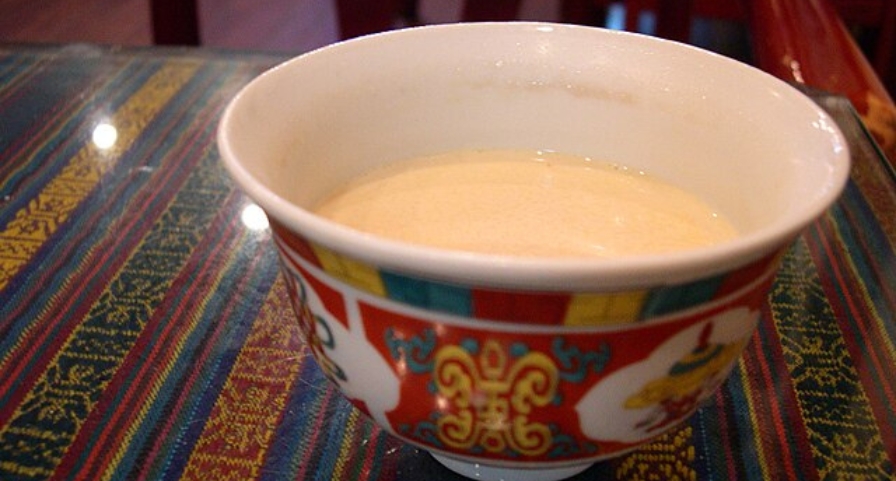
Tea is whipped with yak or cow’s butter and salt in cold desert environments to produce a calorie-rich beverage. Locally referred to as po cha, it assists villagers in withstanding high altitudes and low temperatures. Visitors are typically presented with several servings expressing welcome and hospitality.
Also read: Cup full of joy — tea time in India
Cutting chai – Mumbai
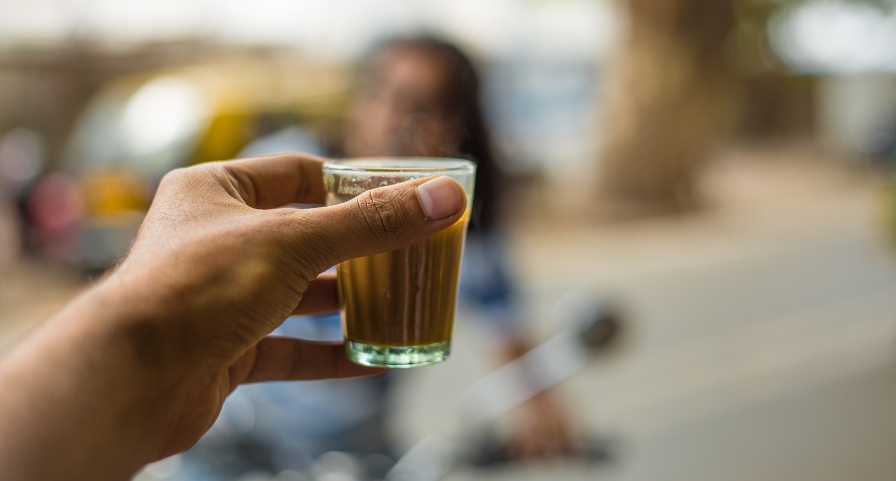
Served in small glasses, cutting chai is a strong, milky brew. Its size suits Mumbai’s fast pace and tight purse strings. Found in every corner, it fuels the city’s workforce, from taxi drivers to stockbrokers.
Noon chai – Kashmir
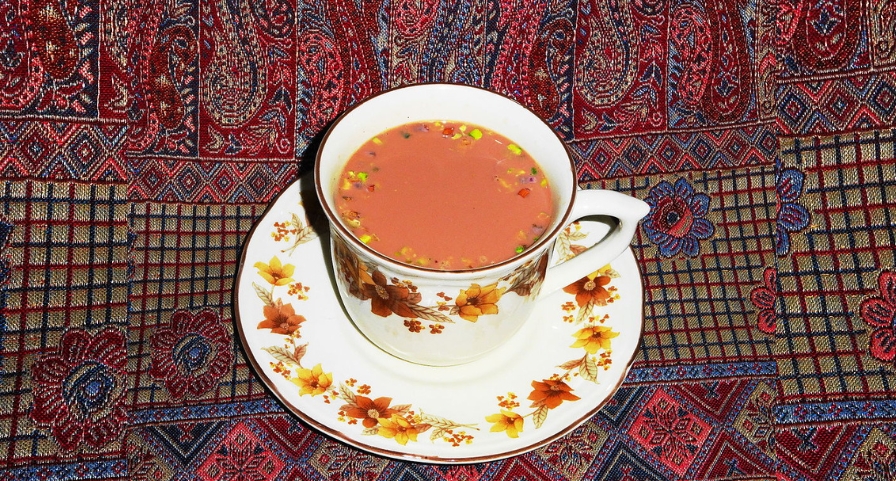
This pink tea is prepared with green tea leaves, baking soda, salt, and milk. Noon chai is usually served with breads such as kulcha or girda. Its preparation is complex, and its taste is unique, a testament to centuries of Kashmiri culinary heritage.
Irani chai – Hyderabad and Pune

Popularised by Persian immigrants in the 19th century, Irani chai is creamier and thicker compared to regular chai. Served in Iranian cafés, it is usually paired with sweet & salty Osmania biscuits. The cafés were hotspots of community life under colonial rule and are still thriving today.
Matka chai – Maharashtra and Gujarat
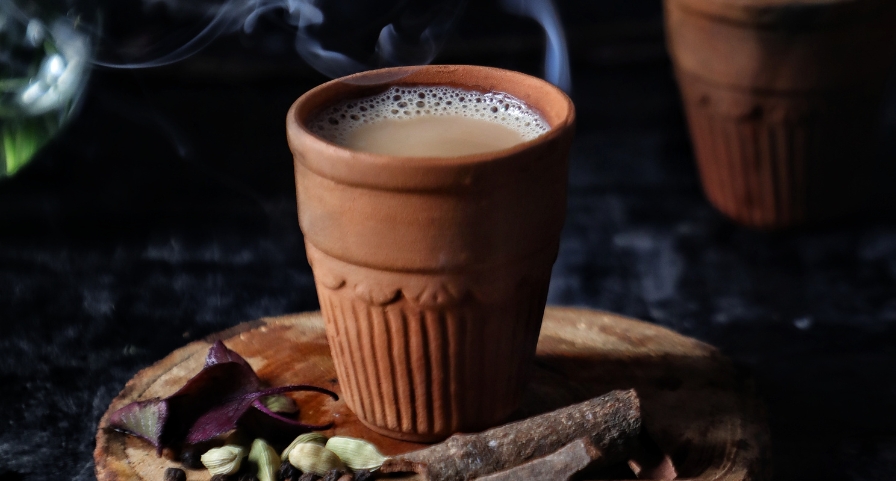
Sipped from unglazed terracotta cups, matka chai develops an earthy taste and scent. The matkas (earthen pots) are usually crafted by kumhars (potters), providing cultural and ecological value to the tea experience.
Masala chai – pan-Indian, with regional variations
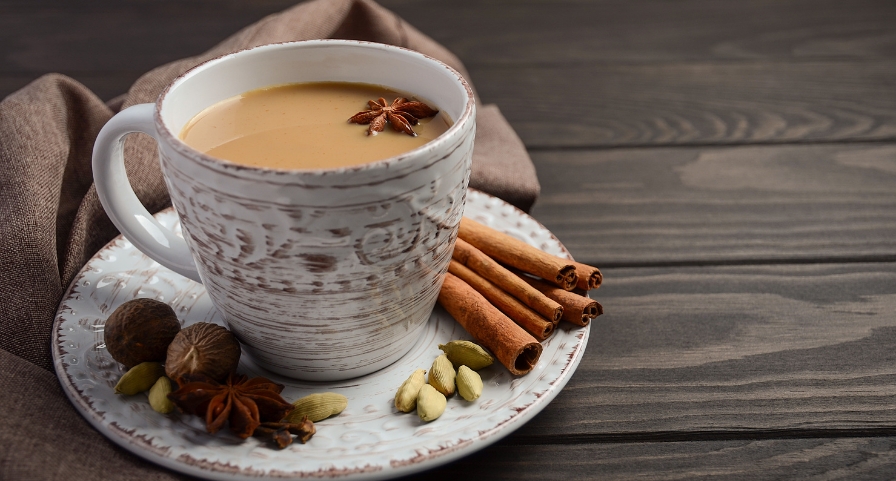
Masala chai is perhaps the most famous form of Indian tea. It typically contains Assam tea, cardamom, ginger, cinnamon, and pepper, though ingredients vary widely. Every family has its own blend, often passed down the generations.
Also read: Celebrating India’s favorite beverage – chai
Kangra tea – Himachal Pradesh

Made in the Kangra Valley, this green and black tea is famous for its floral scent and delicate flavor. It was awarded a Geographical Indication (GI) tag in 2005, acknowledging its distinctive regional identity.
Sikkim Temi tea – organic and heritage-focused
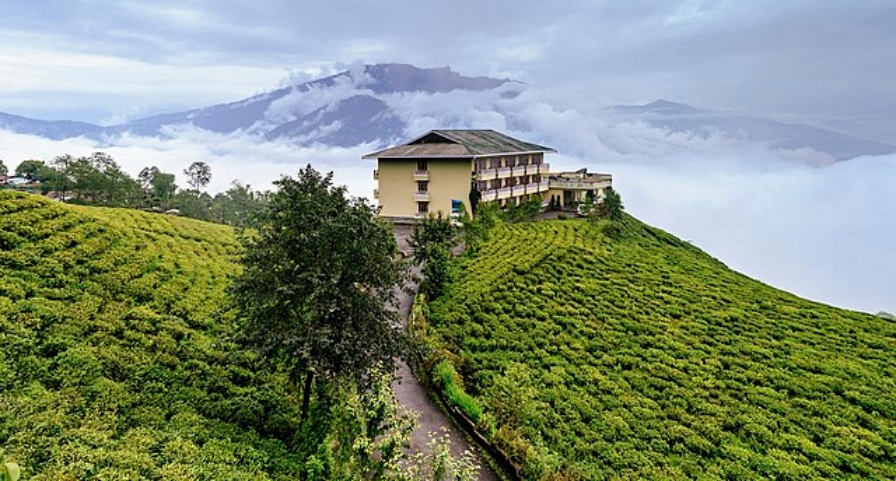
Temi Tea Garden, the sole tea estate in Sikkim, cultivates organic tea with a specific taste profile. The estate is also an advocate of eco-tourism and practices sustainable farming.
Tribal herbal teas – Odisha, Chhattisgarh, Jharkhand
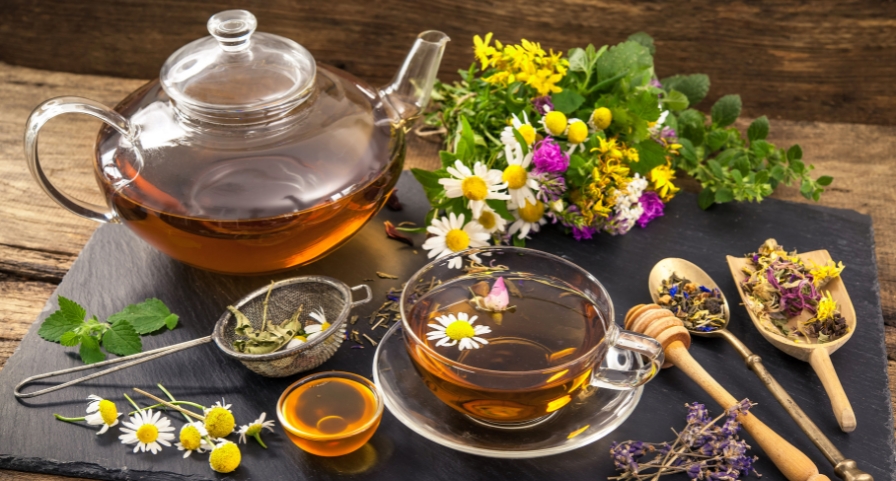
In tribal societies, local brews prepared from tulsi, lemongrass, or bael leaves are consumed as everyday beverages as well as medicinal concoctions. These teas contain little or no caffeine and are consumed collectively in village get-togethers.
Tandoori chai – north India
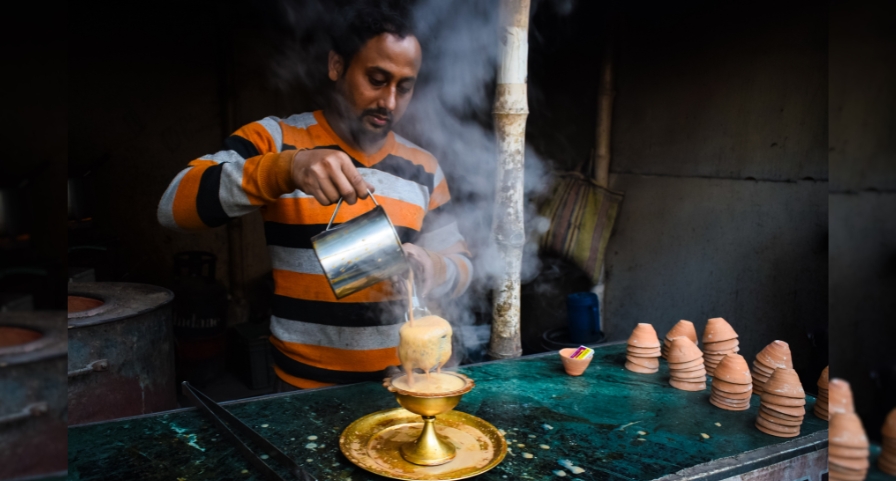
A newer creation, tandoori chai is a process of heating kulhads (clay cups) in tandoors (clay ovens) and then filling them with hot tea. The boiling tea has a smoky taste, resulting in a theatrical experience, which has gained popularity in urban as well as semi-urban regions.
To know Indian tea is to know India — its diversity, resilience, and shared traditions. So next time you take a sip, ask where it is from, who prepared it, and what story it tells. Chances are, it’s more than just tea.
Also read: Golden needles, purple tea: Women-led estate shines in Arunachal
The lead picture on top shows A street vendor in Pushkar pouring steaming chai with practiced grace, capturing the essence of India’s bustling tea culture. (Photo courtesy Wikimedia Commons)
Suhani Bhatia is a writer exploring the intersections of development, environment, and social justice through storytelling. She believes in using words to question power, amplify unheard voices, and imagine better futures.








